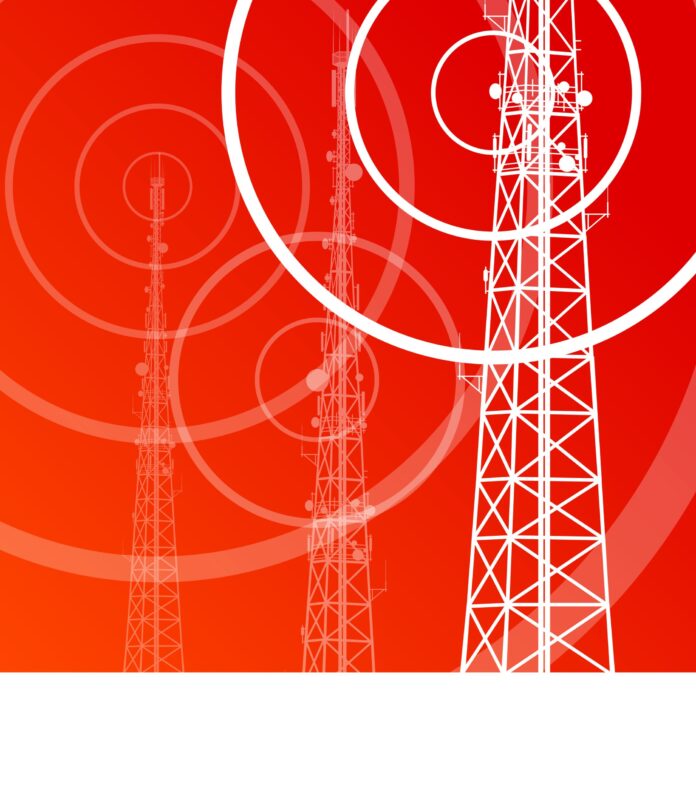Timing and synchronization are crucial to customer experience, because timing & sync errors in 5G TDD networks can severely degrade a site’s ability to provide consistent call quality and good data performance.
“The kind of problem that a timing issue will create is very similar to what an RF interference or a PIM interference issue will create,” explained Sebastien Prieur, manager of RAN/mobile solutions at test company EXFO. The problem at a site may be related to timing, he continued, but usually will start as a Received Signal Strength Indicator (RSSI) problem and perhaps customer complaints related to performance. “At that point, you’re not sure. Is it an interference problem, is it a PIM problem or is it a timing problem? Because the symptoms are very similar for whether it’s timing or an RF interference problem,” Prieur adds. “You will have cell sites that will be interfering with each other, that will create handover issues for a user corrupted data, slower throughput dropout and such. So the symptoms for the user are very, very similar, whether it’s timing or RF. And for the person responsible to troubleshoot that issue, it’s not obvious to determine at first from where it’s coming.”
In order to get an actual determination of the problem, Prieur says, a good first step for troubleshooting is to validate that the cell site is within its time-error requirements, that timing is well-distributed to the site and all the network equipment and elements are within timing specification. “Making sure that a tech is not dealing with a timing problem is probably the best step to start with,” Prieur says. “This is something that is pretty quick to do. You can start with that, put that aside and then start to look for something more complex, like an RF interference or passive intermodulation problem”—which is likely to require more time, and possibly a tower climb.
Prieur said that operators are increasingly aware that timing is important in their 5G deployments, but that doesn’t necessarily trickle down to the workforce in the field, where he sees a major need for education and support. “It’s a topic that is probably well understood from the engineering and planning side of things, but when you hit the field, when you see there’s a gap—an incredible gap—on what engineering team that is implemented in the field versus reality,” he added. Prieur said that operators are still at the point of creating a standard operating procedure that can be easily and consistently followed in the field in order to test and address timing issues, and are also looking for more workforce education and training on timing and sync issues and how to test for them.
Prieur does, however, see operators taking action to better control some of the potential ways that timing can be thrown off. For instance, because of the sensitivity of the primary timing protocol to differences in the transmit/receive paths in fiber networks, Prieur says that the use of bidirectional single-fiber is becoming more common as a clever way to control that asymmetry, particularly in fronthaul networks. “Open RAN principles and modern 5G network principles are implying more and more visualization, more and more centralization, more and more desegregation of different network element,” he said. “So we see more and more fronthaul and midhaul, and more and more timing being distributed by these interfaces.”
Prieur said that in recent testing that EXFO was involved with in a carrier network at half a dozen different sites—in the same region but different cities—timing was an issue at all six. “We test in the field and find issues, and every time, it’s an eye-opener for [carriers],” he said. “They realize, okay, timing, we probably will have to go back and readjust to make sure everything had been configured correctly—and they are currently finding out that it’s not.” Because timing and synchronization can be impacted by network changes, the fact that a site has been working doesn’t mean it will continue to. And Prieur expects that the importance of proper timing and synchronization will only grow. “We’re moving in to a phase where operators want to monetize 5G. So now, performance is getting more important, a bit more top-of-mind on the 5G network. And, we are transitioning to Standalone 5G,” Prieur said. “This timing issue will start to impact more and more, and show up more and more.”
Read the full report ‘Timing is everything: Synchronization and 5G networks‘

